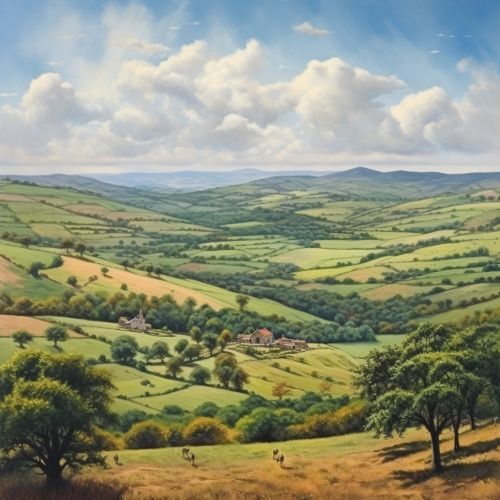Volsci
Origins and Location
The Volsci were an ancient Italic people who inhabited the southern region of Lazio, in the area corresponding to the modern provinces of Frosinone and Latina in Italy, from the 8th to the 3rd century BC. They were part of the Osco-Umbrian linguistic group and were closely related to the Samnites, another Italic tribe.


History
The Volsci are first mentioned in connection with the Samnite invasion of Campania in the 5th century BC. They were among the most formidable enemies of the early Roman Republic, and they were frequently at war with Rome and other Latin cities. Their most famous leader was Coriolanus, a Roman general who was exiled from Rome and led the Volsci in a war against his former city.
The Volsci were eventually defeated by the Romans and incorporated into the Roman state. They were granted Roman citizenship in 338 BC, and their territory was gradually absorbed into the Roman Republic.
Society and Culture
The Volsci lived in hilltop towns and fortified settlements. They were primarily farmers, but they also engaged in trade with their neighbors. Their society was divided into several classes, including nobles, warriors, and commoners. The Volsci practiced a polytheistic religion, worshipping gods and goddesses similar to those of the Romans and other Italic peoples.
Legacy
The Volsci played a significant role in the early history of Rome. Their resistance to Roman expansion helped shape the military and political strategies of the Roman Republic. The Volsci also influenced Roman culture, especially in the areas of religion and language.
